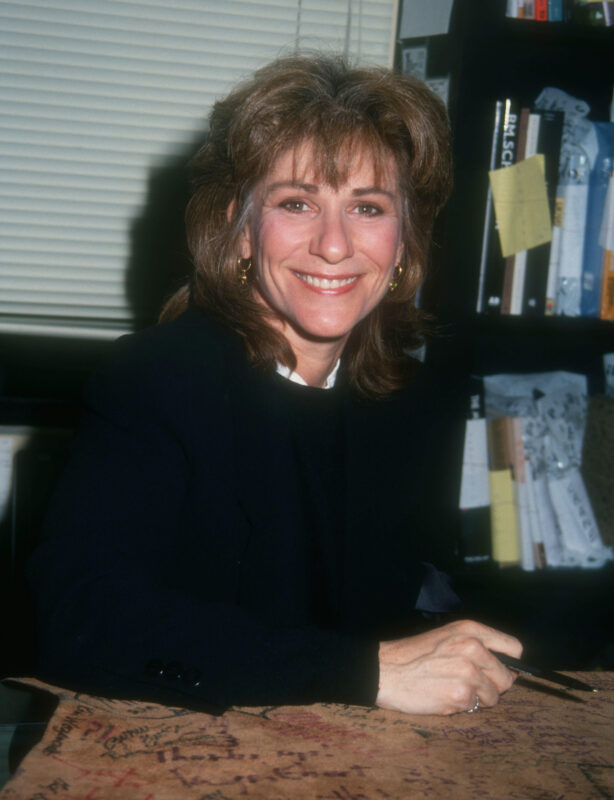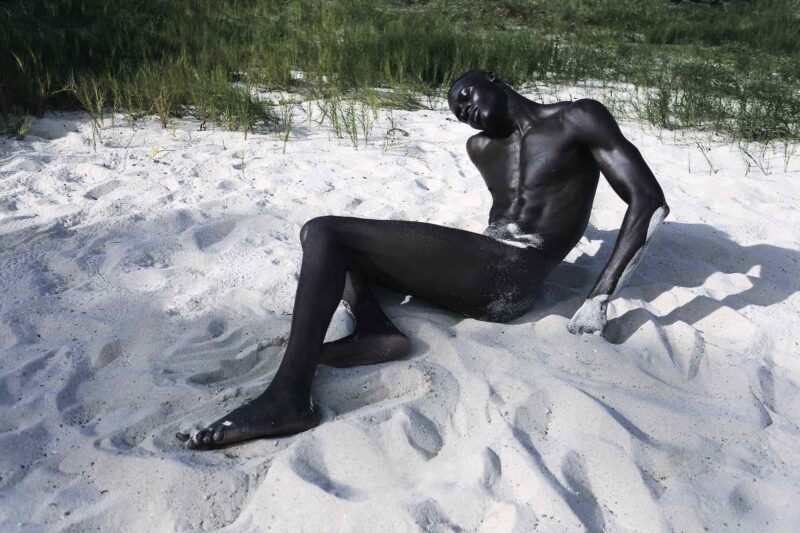“I listen to stories and decide if they’ll make good movies or not. I get 125 phone calls a day and if I let that slip to 100, I know I’m not doing my job. Everyone who calls wants to know one thing. They want me to say yes to them and to make their movie. If I say yes, they think that come New Year it will be just them and Jack Nicholson on the slopes of Aspen. That’s what they think. The problem is I can only say yes… my studio can only say yes 12 times a year. And collectively we hear about 50,000 stories a year.” So Tim Robbins describes the job of the studio exec in The Player (1992): no doubt a stressful job and, for decades, exclusively male.
“One of the stranger things about the history of moviemaking”, observes Margaret Talbot in The New Yorker, “is that women have been there all along, periodically exercising real power behind the camera, yet their names and contributions [Alice Guy-Blanché, Dortothy Arzner, Mary Pickford, Lois Weber, Ida Lupino…] keep disappearing (…) As the film industry became an increasingly modern, capitalist enterprise, consolidated around a small number of leading studios (…) it grew harder for women, especially newcomers, to slip into nascent cinematic ventures.” So much so that we have to wait till the ‘80s for the first female ‘mogul’. Who were the trailblazers who helped move the needle on the balance of power in the ‘80s, the ‘90s and the aughts?
“I believe that the quantity of women has quadrupled since I began”, writes producer Lynda Obst in Hello, He Lied (1996). “It was the woman’s job to read the scripts, prepare her boss’ notes, dress well and help the crucial small talk at the meeting, acting much like a gracious wife. In the last decade women have become powerful executives (…) and achieved parity—in numbers if not in pay—at all levels of the studio system (…) Sherry Lansing, our patron saint, has gone from studio executive to major producer to studio head, consistently succeeding in all jobs. Dawn Steel went from merchandising to developing scripts to head of production and chairman in front of my very eyes. Barbra Streisand gave license to other stars to take control of their careers. And (…) producers like Paula Weinstein (…), Kathleen Kennedy (…), Laura Ziskin (…), Polly Platt (…), Denise DeNovi (…) and Lindsay Doran (…) have built a body of work so solid nobody can doubt their endurance.”
Sherry Lansing (20th Century Fox, Paramount): the first
She was only 35 years old when, in 1980, the “patron saint” was promoted to head of production at 20th Century Fox, where she commanded a record salary of 300,000 USD and oversaw a string of successful films (Chariots of Fire, Nine to Five, The Verdict, Taps). From 1992 to 2005 Lansing broke another glass ceiling as Paramount’s chair and CEO: during her tenure, the studio released several of its biggest hits ever (Forrest Gump, Braveheart, Titanic, The Truman Show, Saving Private Ryan) and a few, targeting a female audience (The First Wives Club, Double Jeopardy). “She was the first teacher from South Los Angeles ever to become a movie executive”, writes The Hollywood Reporter “and the first studio head ever to walk away from her job to become a full-time philanthropist.” The leadership award, presented every year to a woman in the entertainment business, is named after her.
Dawn Steel (Paramount, Columbia)
Director of merchandising for Penthouse first, for Playboy then, finally for Paramount, where she engineered groundbreaking tie-ins (with Coca Cola and McDonald’s) for Star Trek: The Motion Picture, Steel quickly rose through the ranks at the studio and was promoted to head of production in 1985 (five years after Lansing). She “once confided to me that as head of production only, she felt her autonomy clipped”, Obst recalls. “More than anything she wanted to be the first woman to run a studio: to have all departments –– marketing, distribution and production –– reporting to her”. Steel succeeded: she became chair of Columbia Pictures in 1987. In her New York Times obituary, Nora Ephron so paid tribute: “Dawn certainly wasn’t the first woman to become powerful in Hollywood, but she was the first woman to understand that part of her responsibility was to make sure that eventually there were many other powerful women. She hired women as executives, women as producers and directors, women as marketing people.”

Dawn Steel, Photo: Barry King, Alamy.
Amy Pascal (Sony)
Co-Chair of Sony Pictures (2006-2015), Pascal is “a larger-than-life character”, writes Ben Fritz in The Big Picture, “who ran her business on the old-fashioned premise that her job was, every year, to make the best slate of movies she could, with the most talented filmmakers and actors, and trust that profits would follow. It worked until it didn’t.” Pascal struggled to understand (and adapt to) the franchise age of film. While Disney was busy building the Marvel universe, Warner the DC Comics universe, Paramount the Transformers series, Universal the Jurassic Park series (sequels, prequels, spinoffs, reboots), Sony overpaid Adam Sandler, Tom Hanks and Will Smith, collecting one flop after the other. Pascal was fired in 2015 and “classified as an outdated executive from another era”, writes The New York Times, “when stars and stories mattered more than computer-generated visual effects”.

Amy Pascal, Photo: Ovidiu Hrubaru, Alamy.
No doubt Pascal’s (contradictory) legacy was also spoiled by the gender pay gap at Sony. The highest-paid male actor in 2014 (Robert Downey, Jr.) earned 25% more than the highest-paid female actor (Sandra Bullock). Both heads of production shared the same responsibilities under Pascal, but Michael DeLuca commanded 1 million USD more than Hannah Minghella. Why? “Most successful women do not make two thirds of what their male counterparts make”, Obst charges in 1996. “This salary discrepancy has a psychological as well as an economic dimension.”
Today’s movers and shakers
Women’s leadership has been on the rise since. Stacey Snider was named chair and CEO of 20th Century Fox in 2016, Ann Sarnoff chair and CEO of Warner Bros. in 2019 (the first woman to hold the position at Warner). Both stepped down after Disney’s acquisition of Fox and the merger of WarnerMedia/Discovery. Kathleen Kennedy has been president of LucasFilm since 2012, Susan Wojcicki has led Youtube from 2014 to 2023, Jennifer Salke Amazon Studios since 2018, and MGM since Amazon’s acquisition… With many more milestones still ahead.






